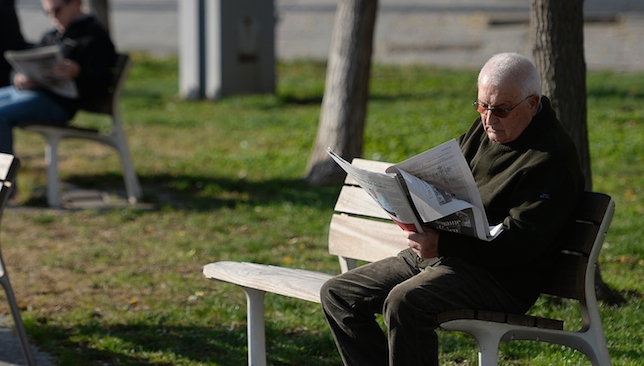
20 per cent of elderly people who suffer a hip fracture aged 65+ die within the year.
If you are young, fit and healthy this statement is probably of no particular interest to you unless you have seen first-hand what a devastating effect breaking a bone can have on the elderly.
You don’t have to be that old either: I’ve had a couple of clients who have suffered fractures in their 50s and been diagnosed with osteopenia, the precursor to osteoporosis and the problem seems to be getting worse.
I’ve written about osteoporosis before and its prevalence here in the UAE, but it really is a worldwide problem, affecting some populations more than others. In the past few decades, the global incidence of osteoporosis has increased dramatically with rising life expectancy, and over 200 million people suffer from osteoporosis worldwide.
By 2050, the global cost of osteoporosis is expected to exceed $130 billion and the annual hip fracture incidence is expected to increase to 6.3m.
The highest risk of hip fractures is currently found in Norway, Sweden, Iceland, Denmark and the United States, but by 2050 Asia is expected to account for almost 50 per cent of all global fractures.
Low BMD (bone mineral density) has been the cited as a factor in the incidence of osteoporosis, with advice such as taking calcium supplements and getting adequate amounts of exposure to sunlight (vitamin D is required for the body to absorb calcium) being the treatment, but I came across some interesting statistics (various sources available at The National Library of Medicin) and the story is confusing:
BMD by itself is not a good predictor of the risk of osteoporosis. Low BMD due to low calcium intake doesn’t appear to increase the risk of osteoporosis either, perhaps because calcium turnover has been low. The problem occurs when the body loses more bone than it can produce, when the production of new bone cannot match the destruction.
This breakdown of old bone and production of new bone is a natural process which takes place throughout our lives, but as we get older it slows down and is lost more quickly than it can be replaced. So why do some people suffer more than others with an imbalance in this process and go on to develop osteoporosis?
We will explore this further next week.
Josie is a health, fitness & lifestyle adviser & a Pilates & yoga instructor with 30+ years experience.